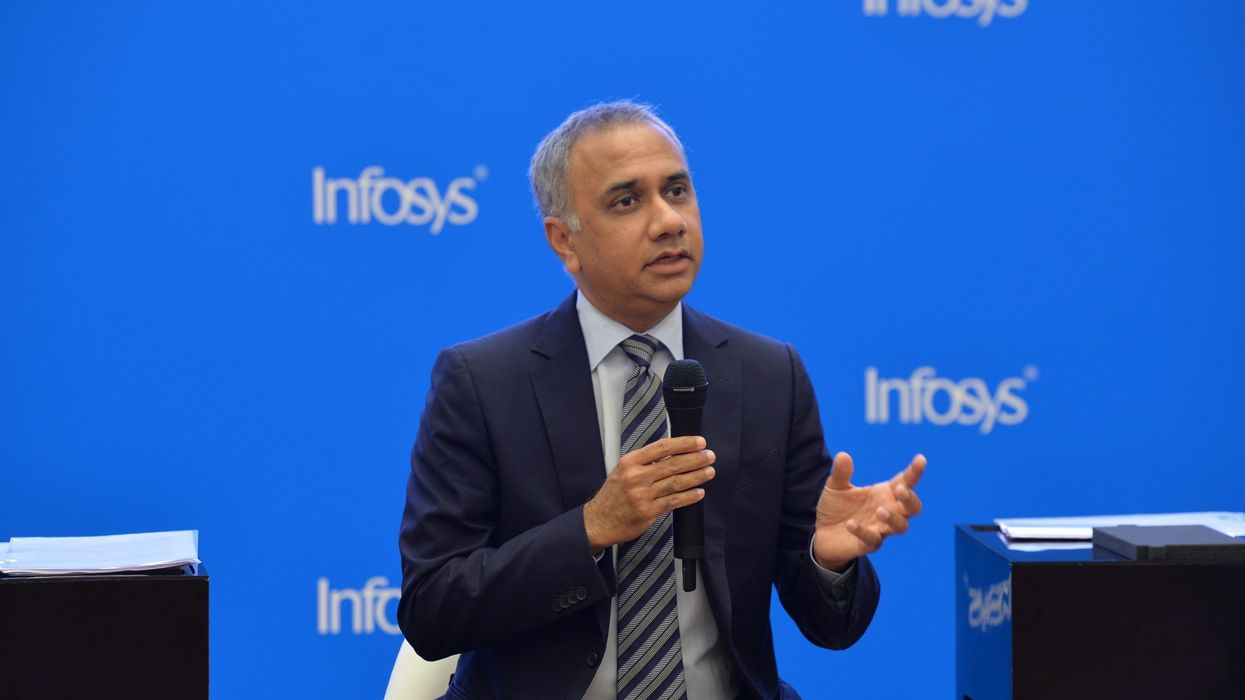Indian software giant Infosys reported a lower-than-expected profit rise for the March quarter on Thursday (13) and flagged softer revenue guidance on the back of global economic and financial uncertainty.
Infosys, India's second-largest information technology firm, benefitted from an IT boom that made India the back office to the world for subcontracted work.
The company, like local rival TCS, also gained from the increased use of digital services during the Covid pandemic.
But continued economic uncertainty and financial sector turmoil have made some clients, particularly in Western markets, tighten their belts.
Net profit came in at Rs 61.3 billion ($748 million) for the March quarter, a 7.8 per cent rise from the same period last year.
Revenue grew 8.8 per cent year-on-year, but fell 3.2 per cent quarter-on-quarter in constant currency terms, reflecting the challenging market conditions.
The Bengaluru-headquartered firm forecast revenue growth of four to seven per cent in constant currency terms for the year to March 2024, lower than analysts' expectations.
"During the quarter we saw unplanned project rampdowns in some of our clients and delays in decision-making, which resulted in lower volumes," Infosys chief executive Salil Parekh said in a media briefing.
"While we saw some signs of stabilisation in March, the environment remains uncertain," he said.
Infosys earns more than 85 per cent of its revenue from North American and European markets.
Employee attrition, an important metric for software companies in India's competitive IT market, slipped to 20.9 per cent compared with 24.3 per cent for the December quarter.
But the total number of Infosys employees fell by more than 3,600.
Rival IT giant TCS reported on Wednesday (12) a weaker-than-expected increase in net profit for the first three months of the year, as the fallout from the economic uncertainty and banking turmoil weighed on its US operations.
Shares in Infosys closed nearly 2.8 per cent lower in Mumbai trading ahead of the earnings announcement.
(AFP)
Infosys forecasts revenue slowdown on uncertain outlook
The company, like local rival TCS, also gained from the increased use of digital services during the Covid pandemic













